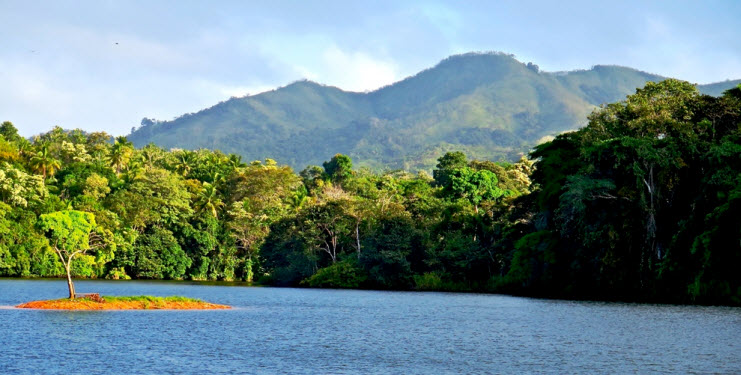Here is another great article from Blue Circle. Quebrada Ancha, a community that settled in Panama’s thick forest 50 years ago, lies at the northern end of Lago Alajuela, a freshwater lake built by the United States at the end of the Great Depression to control floods in the Panama Canal Zone.
It takes 20 minutes in a fast 40-foot dugout boat to get there. In early morning’s luminous light and cooling breeze the trip is a passage across a water-rich green paradise. Fish eagles dive for tilapia. Hummingbirds swarm in the tangled branches of small trees. Grapefruits and oranges, papayas and mangos, coconuts and bananas ripen in a geography of wild bounty.
The long path through the forest to the community’s center is like striding down a tropical produce section. Sugarcane and ginger and breadfruit, pineapple and marañon Curaçao, which looks like an apple and tastes like a pear, grow abundantly in the forest. Honey is collected from wild bees that nest in the village’s hives. Fresh fish is abundant.
A number of Quebrada Ancha’s adults were children when they arrived in 1976 with their families from central Panama; they were refugees forced out of their homes by the backwaters of the 260-megawatt Bayano Dam. Quebrada Ancha’s phenomenal natural riches now support about 100 adults and children, and attract foreigners who visit with increasing frequency.
Read the entire article in Circle Blue written by Keith Schneider here.
